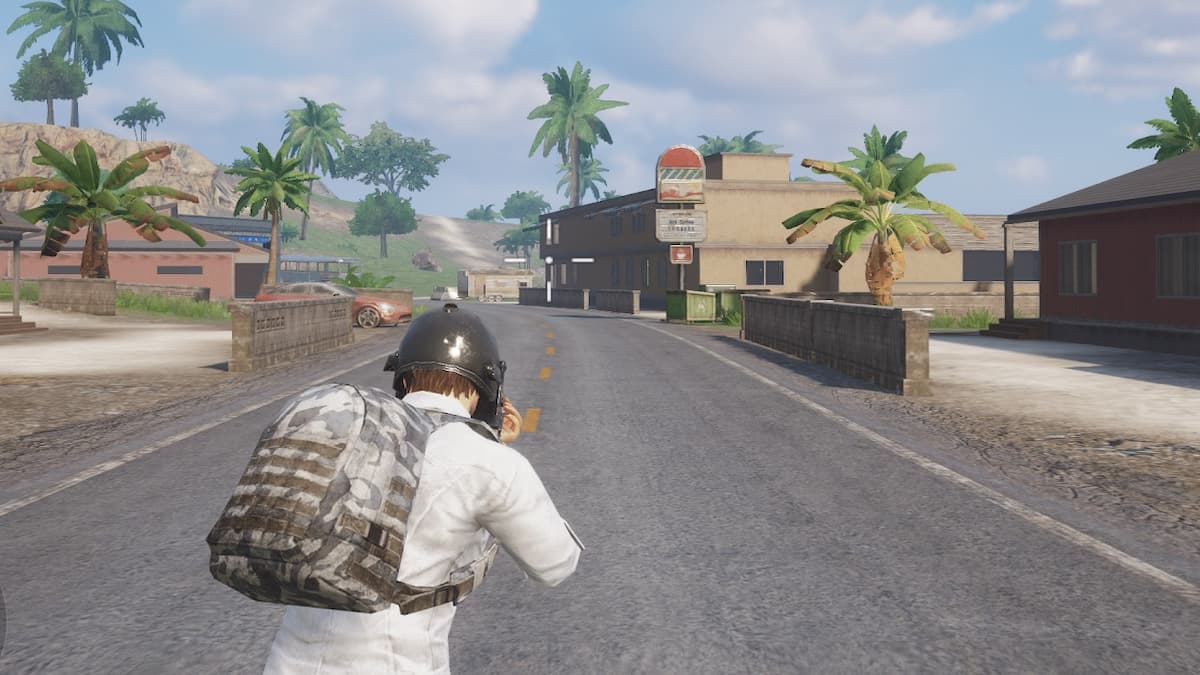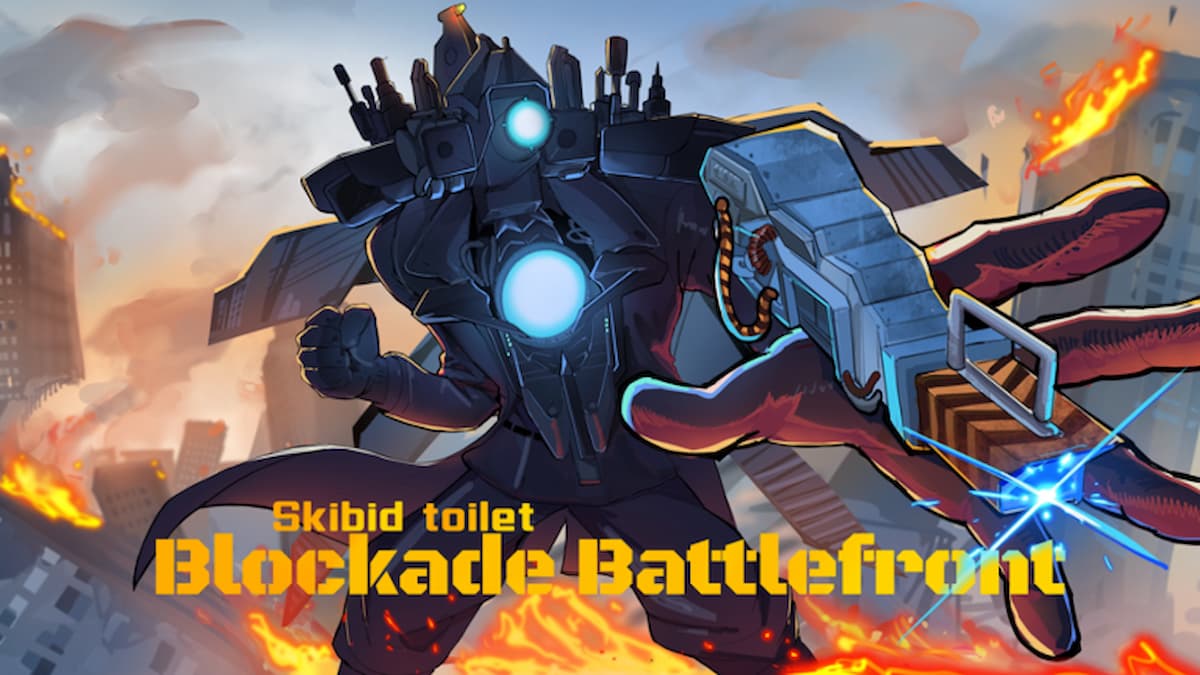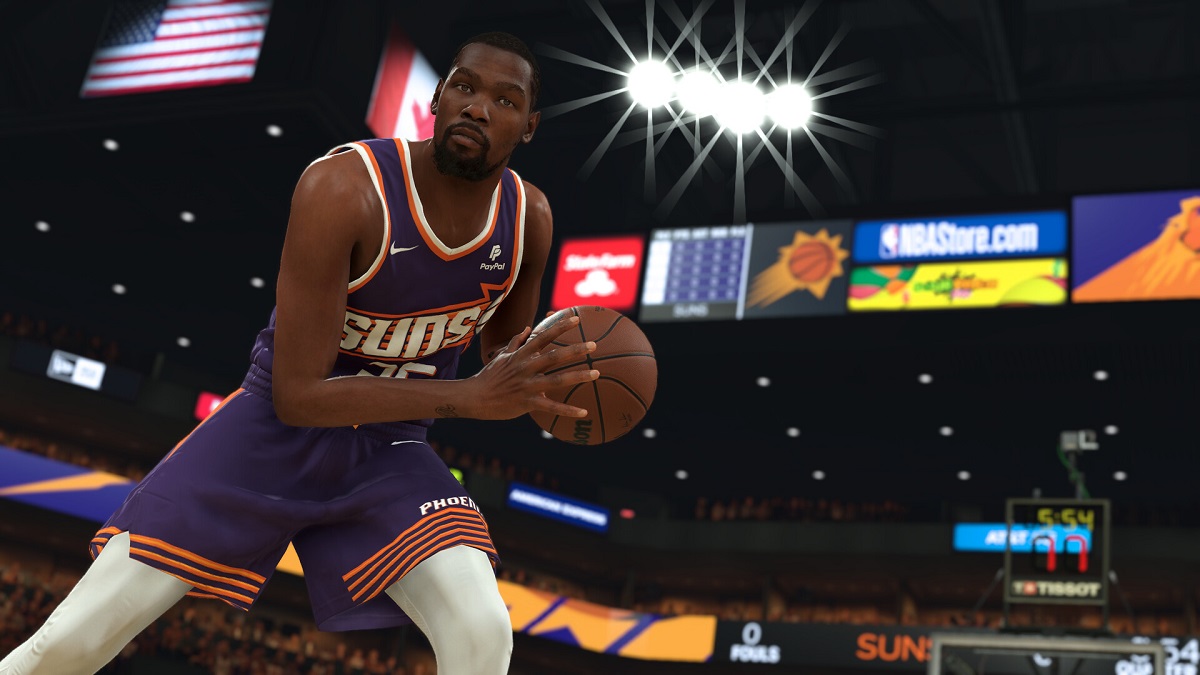Every new sports video game brings fresh features, deeper play calling, and more abilities to alter the scheme. While these updated controls allow for greater flexibility, going back to the basics can bring fourth a game winning strategy.
Fundamental basketball is not only what the San Antonio Spurs used to defeat the Miami Heat in last year’s finals, but it is a strategy effective enough for NBA general managers to vote them as favorites to win this year’s NBA championship. Spurs head coach Greg Popovich’s unselfish playbook is under appreciated when compared to star studded teams like the Heat, but despite his mundane style, the three-time NBA Coach of the Year lead his players to all five of the organization’s NBA titles. Four of those titles came during an 11-year span.
Popovich encourages his players to pass with the aid of screen rolls, commonly known as the pick and roll. This play involves an offensive player using a stationary position (screen) to block a defender from moving. Screens can be set for players who do not have the ball, but this guide shows how to create multiple opportunities from one screen set for the ball carrier.
The NBA 2K controller layout features one button that calls this play, typically selecting a forward or center to set the screen. No matter which low post player is selected, pressing one button can still work as an advantage.
The Basics of the Pick and Roll:
The most inciting reason for setting the screen is to create a big shot or strong drive to the basket for the ball carrier. The best scenario, though, is for the pick and roll to create three different scoring opportunities. While this play can free the ball carrier, the screen setter also becomes an option if he runs towards the basket (roll). If both players are defended, the third option is to pass the ball to an open teammate near the top of the three-point line (the wing area) for either an open shot or new play.
To help create the most opportunities, a screen should be called on the left or right third of the court. Selecting the play at the top of the court does not create enough space to open up moves to the basket or passes to the wing.
Example one: Driving with the pick and roll
This first example includes the execution of both a drive by the play caller and roll by the screen setter.
Here, Brooklyn Nets point guard Deron Williams positioned himself on the right side and called for a pick, set by power forward Kevin Garnett.

Williams decided to drive to the basket, and Garnett chose to roll towards the inside. While New York Knicks guard Richard Fulton could not react in time, center Tyson Chandler will come over to help the defense. Considering Chandler’s size and ability to defend a shot, the best scenario Williams could hope for is a person foul by the 7-foot-1 center. Thus, the option for Garnett to receive the pass becomes a priority, which could still work, but Chandler is in a position to defend both players.

The best option in this situation is to pass. In order for Chandler to help against the screen, he had to leave the player he was already defending. With Nets center Brook Lopez without a defender, he has the open opportunity to make a high percentage shot.
Example two: Passing to the wing from the pick and roll
The second example includes another passing opportunity presented in a different situation. Heat shooting guard Dwyane Wade called for a pick, and power forward Udonis Haslem came to establish the play.

Even though the ball carrier moved to one side of the court, the Spurs made the appropriate adjustments to defend both Wade and Haslem. Two big men, power forward Tiago Splitter and center Tim Duncan, move cover Haslem while point guard Tony Parker stopped Wade from driving. Just like Chandler in the previous example, Parker had to leave his assigned player to cover a new opponent. In this case, point guard Mario Chalmers is wide open on the wing to shoot a three-pointer.

There is also a second pass option. Spurs small forward Kawhi Leonard is cheating away from Heat small forward Lebron James to help defend center Chris Bosh and the painted area. Wade could make a direct pass to James, but the distance would be enough for Leonard to cover James. In order for James to receive an open look, a second pass should be made after Chalmers receives the ball to draw Leonard further away from the Heat’s small forward while Parker continues to defend wade.
Example three: Resetting the pick and roll
Finally, the pick and roll situation could also be used to help the move the ball for another play. In this possession, Los Angeles Clippers point guard Chris Paul is on the left side of the court where power forward Blake Griffin will set the screen.

Both Paul and Griffin accomplished their tasks of driving and rolling, but the Houston Rockets were still able to place defenders to guard against the first two options of the pick and roll. Although a third Clipper is looking to move behind Paul to get open, a Rockets defender is already approaching to the wing area. An unsuccessful pick and roll does not necessarily mean a failed possession, especially with 17 seconds left on the play clock. The best situation is to pass the ball back out and call another play, which may ultimately lead to a scare.

Using multistep plays from the playbook with various motions across the court can be effective, but one button opens up a variety of situations that can tailor to every style of player. The pick and roll can create a monstrous dunk or highlight reel three-pointer. While the opportunities are big, the idea of using the basic screen is a fundamental concept that should not be overlooked.






Published: Oct 23, 2014 09:35 pm